Rescuing whales on Australia's 'humpback highway'
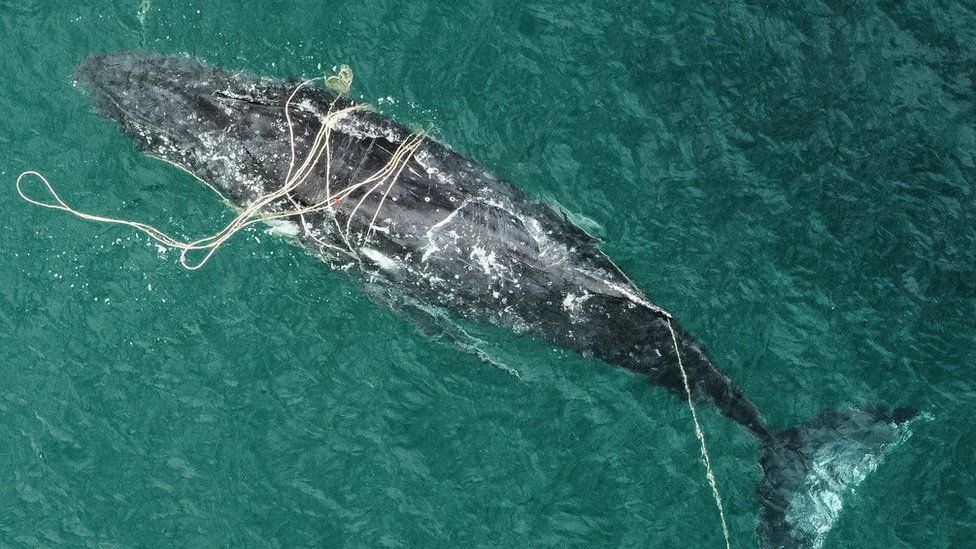 NSW PARKS AND WILDLIFE SERVICE
NSW PARKS AND WILDLIFE SERVICEIt's like a needle in a haystack: how do you find one entangled whale in a vast expanse of ocean?
Then how do you free the 20-tonne giant from a maze of constraints when it is panicked, sometimes angry, often injured, and always determined to evade you?
That's a riddle that marine rescuers like Wayne Phillips have to solve on an increasingly regular basis.
Each year, an estimated 40,000 humpback whales leave the freezing waters of Antarctica on the world's longest mammal migration.
They make their way up Australia's east and west coasts to the tropics before returning, calves in tow, a couple of months later.
For most Australians, the so-called "humpback highway" from May to November is a fun and exciting spectacle.
But for Mr Phillips and his team at Queensland's SeaWorld, it brings an undercurrent of anxiety.
The need for rescue is constant - and growing. "We always seem to be out looking for whales," he says.
How rescues work
Teams largely rely on reports from the public, using them to guess a troubled whale's movement and trajectory. If it is found, a complex and exhausting task begins.
First, rescuers must essentially immobilise the enormous mammal before it nervously speeds away. Ironically this involves methods originally used to hunt whales, says Susan Crocetti, a rescue specialist with New South Wales Parks and Wildlife.
Teams approach in a dinghy before attaching large floats to whatever the whale is entangled in, to slow the animal and tire it out.
Then they carefully plot which lines to cut and when, before taking to them with a hooked knife attached to a long pole.
Watch marine rescuers free a whale entangled in fishing gear
Much has been made of the impact of shark nets on whales, but rescuers say the real killer is "ghost gear" - commercial fishing nets, lines and even anchors which are lost or abandoned at sea.
"Sometimes the entanglements can be hundreds and hundreds and hundreds of metres of rope wrapped in complicated layers around the whale," Ms Crocetti says.
"And you need to cut it in the right order."
If you don't, you risk freeing the whale enough for it to dive or swim off - a potential disaster.
"Even the smallest amount of gear will slowly cut into the animal," says Mr Phillips. "So if we don't remove everything… it is a slow death and it's not a nice one."
Deadly job
The stakes are extremely high for the rescuers too.
At least two people have died in the past two decades - most recently Canadian veteran Joe Howlett, who was killed moments after successfully freeing a whale in 2017.
Trapped whales are often badly injured and "incredibly stressed out", says Ms Crocetti. "With one swish of a 20-30-tonne animal's tail - if you're in the wrong place - it can be catastrophic."
Then there's the other challenges: fatigue, rough sea conditions, bad light, and sometimes even sharks. It's not a job for the faint-hearted or inexperienced.
Training involves swim tests, protective gear, and practice cutting lines from a boat out on the water. SeaWorld rehearses with a 600kg fibreglass dummy whale nicknamed Moby.
"But it's still dangerous for anybody, no matter how much experience you have," Mr Phillips says.
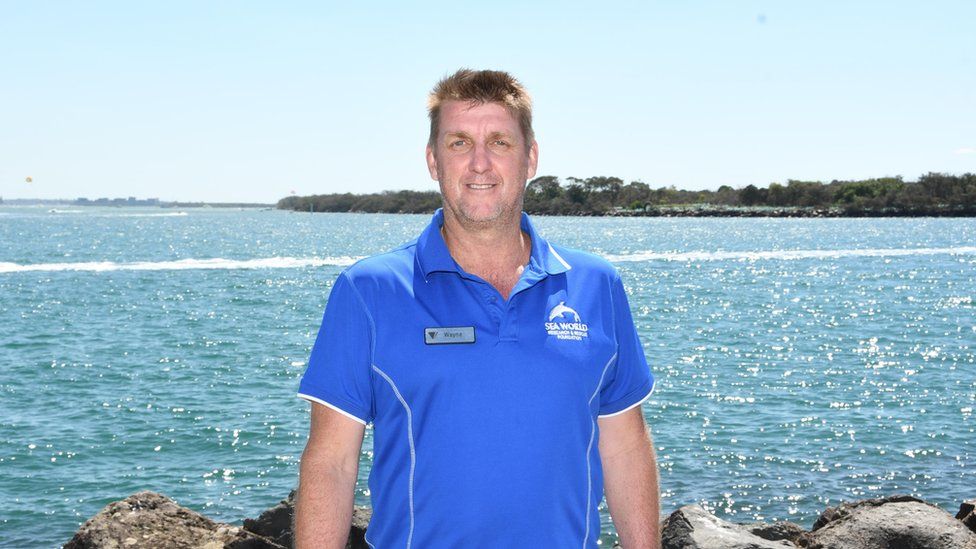 GETTY IMAGES
GETTY IMAGESSometimes the task spans multiple days. Ms Crocetti's team once followed a whale for months - over thousands of kilometres and two states.
They frequently lost track of the whale and were hamstrung by terrible weather, but finally succeeded in cutting the last entangling line. Ms Crocetti describes it as a career highlight.
"Anyone who disentangles a whale would say that it's the best thing they've ever done," she says. "[But] that was a really sweet one."
Growing problem
Humpback whales were hunted to near extinction last century. In Australia, numbers off the east coast had dwindled to "a little over 100" by 1963, according to previous government estimates.
Since bans on whaling, however, the local population has bounced back into the tens of thousands, experts say.
But this also means more and more humpbacks are becoming ensnared in the estimated 640,000 tonnes of ghost gear that's dumped in the world's oceans each year.
And most rescue attempts don't end happily.
Last year Mr Phillips' team received reports of 30 whales caught in ghost gear. They could locate and help only two.
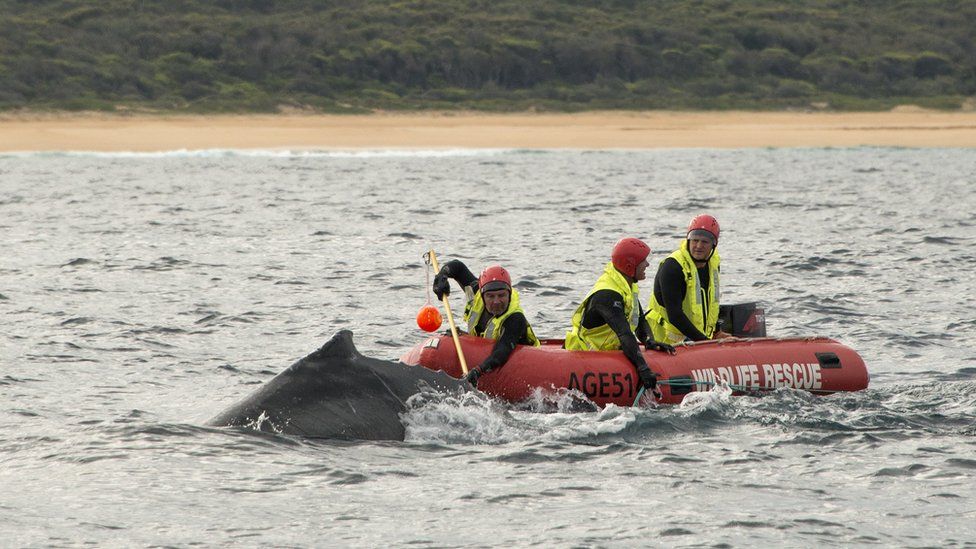 NSW PARKS AND WILDLIFE SERVICE
NSW PARKS AND WILDLIFE SERVICEIn one instance, he recalls spending two days trying to remove 70kg of chain from a distressed whale. But with no technique for removing chain, there was ultimately little the team could do.
"We did our best," says Mr Phillips. "[But] it's disheartening when we don't get the job done."
It's moments like those that can make the battle against commercial fishing waste feel impossible, but Mr Phillips can't imagine doing any other job.
"It's a rollercoaster," he says. "Sometimes you're excited, you think you're making progress, and then the next minute, you may have lost the whale.
"But it's quite exhilarating once we get the job finished… to see them swim off, free of any gear, is quite overwhelming."
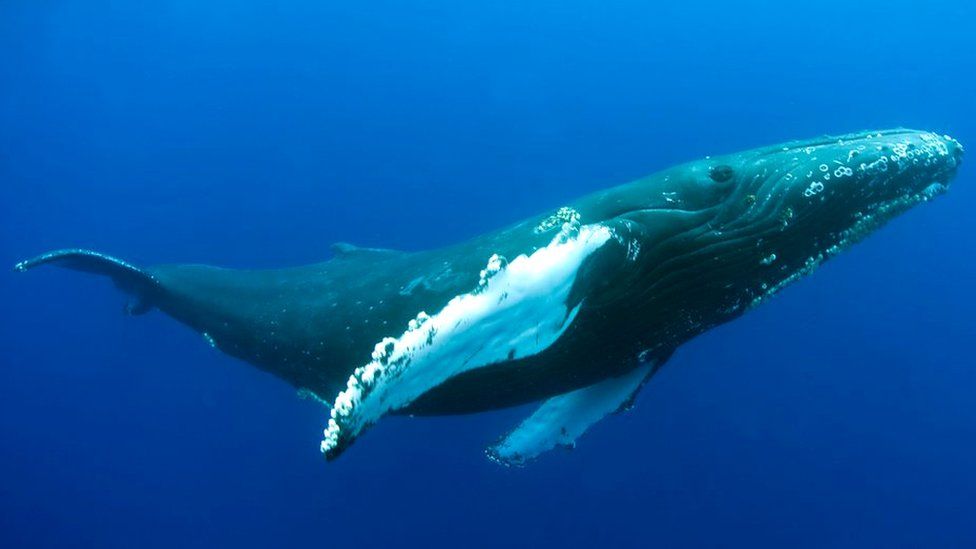
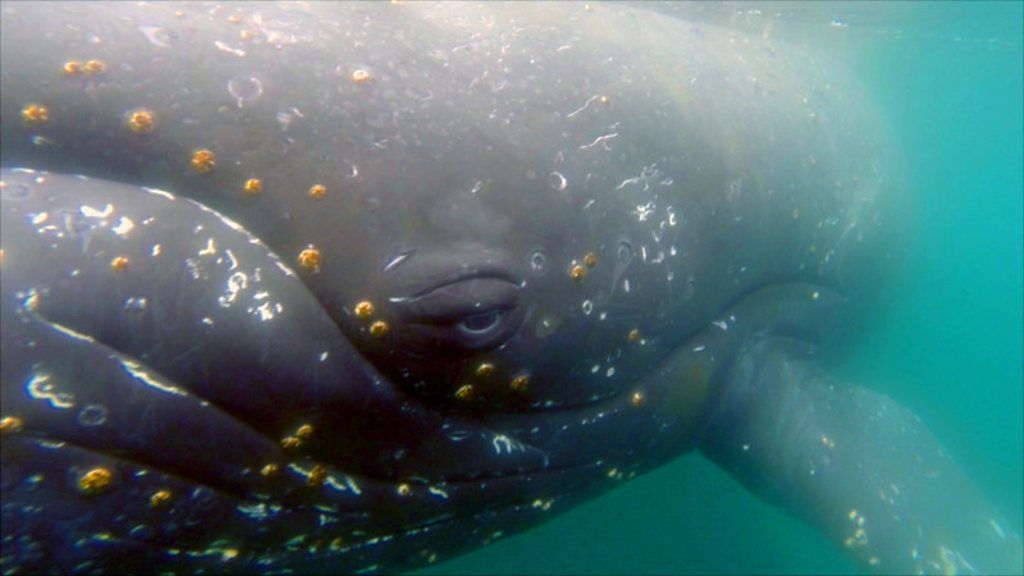
No comments:
Post a Comment